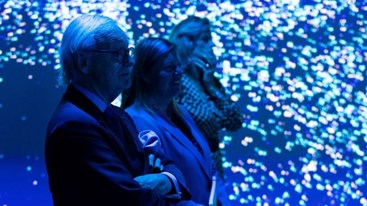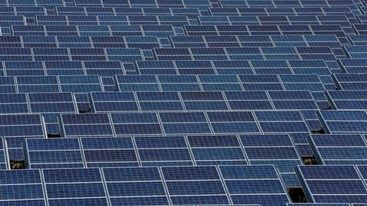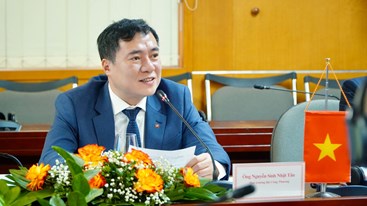Wednesday, 24/04/2024 | 01:52 GMT+7
The Environment Ministry will begin a model project in which surplus electricity generated from renewable energy sources, such as wind and solar power, will be utilized to produce hydrogen for fuel-cell vehicles.
The ministry aims to maximize the use of green energy, including any surplus power, and spread the use of fuel-cell vehicles.
To that end, a plan for hydrogen fueling stations will get a boost.
In its initial budget request for fiscal 2015, the ministry plans to earmark ¥3 billion for project-related costs.
A growing number of companies in the solar and wind power generation industries have established their business bases in Hokkaido, whose wide, open spaces are well suited to the setup of solar panels and wind turbines, according to the ministry.
Given this, a surplus of electricity is expected to be generated there.

Though it is possible to transmit surplus power to the Honshu region, the transmission capacities of undersea electricity cables between Hokkaido and Honshu are limited.
Thus the ministry said there is a fear that renewable energy sources in Hokkaido may not be fully utilized.
To make better use of green energy from Hokkaido and other areas suited for wind or solar power generation, the ministry plans to produce hydrogen using any surplus electricity.
The hydrogen fuel will be transported to the Kanto region, where a large amount of electricity is consumed.
The plan also offers the benefit of utilizing power from renewable energy sources, which would result in lower carbon dioxide emissions than methods of producing hydrogen from fossil fuels.
Starting next fiscal year, the ministry will begin projects in several locations. Facilities where water can be decomposed using electrolysis to create hydrogen, using surplus electricity and tanks to store hydrogen, will be established.
The ministry also will consider the best method for transporting hydrogen to filling stations which will serve as fuel-supply bases for fuel-cell vehicles.
Full-scale operations of the facilities are targeted in about three years.
Fuel-cell vehicles, which are powered by hydrogen-generated electricity, will go on the market this fiscal year. Such vehicles are considered the ultimate eco-friendly cars because they do not emit carbon dioxide.
The government has set a goal of building 100 hydrogen filling stations by the end of fiscal 2015.
The Japan News








.jpg?w=367&h=206&mode=crop) Energy efficiency and conservation usage is an important aspect of the national energy development strategy
05/03/2024
Energy efficiency and conservation usage is an important aspect of the national energy development strategy
05/03/2024
 Vietnam - Denmark promote cooperation in the energy sector
Vietnam - Denmark promote cooperation in the energy sector
 Challenges and Opportunities to promote energy efficiency market in Vietnam
Challenges and Opportunities to promote energy efficiency market in Vietnam
 The Ministry of Industry and Trade requests government agencies to coordinate in organizing Earth Hour 2024
The Ministry of Industry and Trade requests government agencies to coordinate in organizing Earth Hour 2024
 Consultation on Energy Efficiency Boiler Catalogue and Wood Drying Guideline
Consultation on Energy Efficiency Boiler Catalogue and Wood Drying Guideline
 Son Ha Co., Ltd, applies energy efficiency and conservation measures
Son Ha Co., Ltd, applies energy efficiency and conservation measures
 Phuc Kien Co., Ltd., is effectively implementing energy-saving measures
Phuc Kien Co., Ltd., is effectively implementing energy-saving measures
.png?w=367&h=206&mode=crop) Request for expression of interest - C2.1.13: Capacity Building on energy efficiency policies development
Request for expression of interest - C2.1.13: Capacity Building on energy efficiency policies development